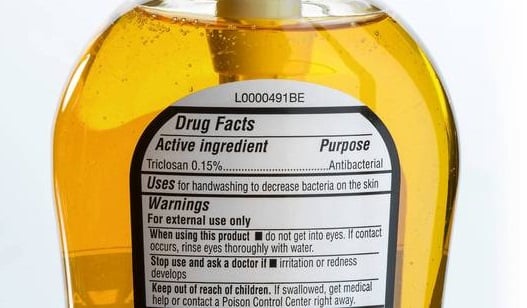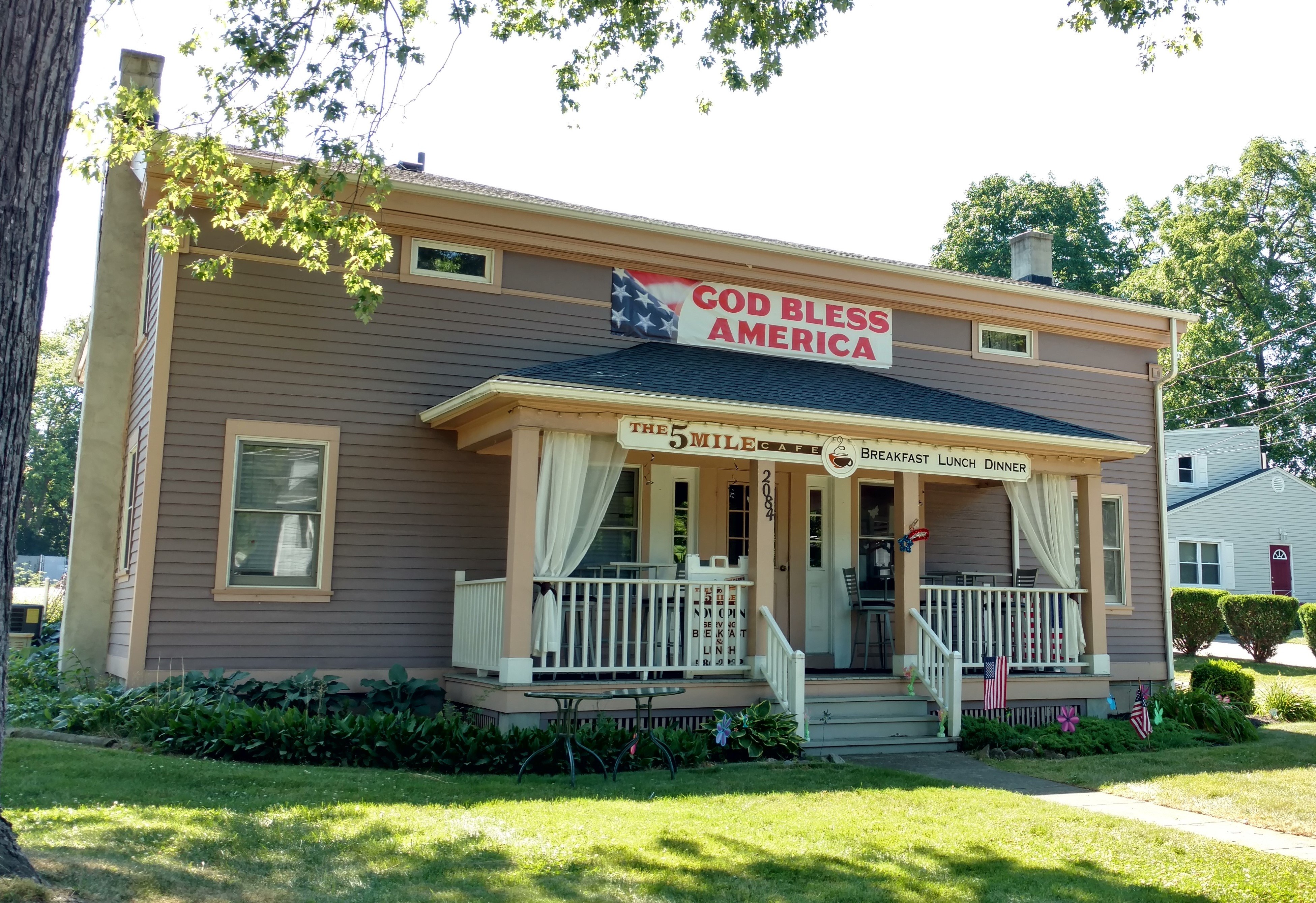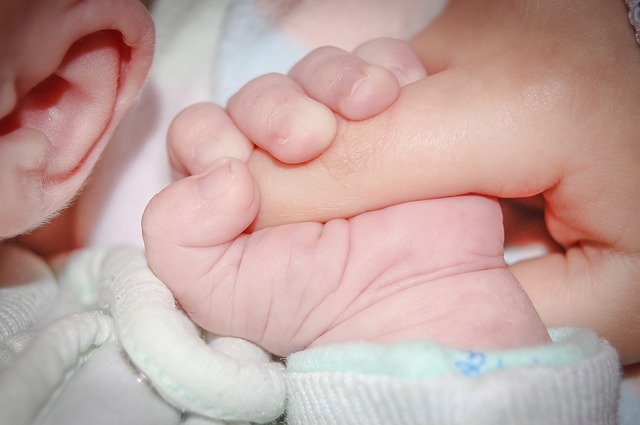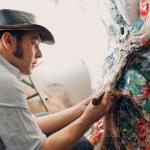
When I saw the news report yesterday that the FDA has banned the use of some chemicals commonly found in antibacterial soaps, I wanted to cheer. For some time now, I’ve been an avid label reader, and have avoided – as much as humanly possible – chemicals that are suspected of disrupting hormones or are just plain toxic, both in my food and in my household products.
The FDA report echoed some of what I learned about in “Slow Death By Rubber Duck,” a great and accessible book by Canadians Rick Smith, a biologist and environmentalist, and Bruce Lourie, an environmentalist and consultant. The two sequestered themselves away for a weekend and conducted experiments on themselves, using everyday products and measuring the levels of toxins in their bodies before, during, and after their use. We’re talking toothpaste, hand soap, frying pans, carpet cleaner, things we take for granted as safe because we use them every day.
Turns out, they aren’t so safe, and Smith and Lourie made the case for the banning of a whole list of chemicals in everyday products. And some of them are on the FDA’s list, including triclosan and triclocarban, two of the most common ingredients.
These are things that can interfere with hormones and cause allergic reactions, skin irritations, and can affect breathing. They’re passed on in breast milk and found in the umbilical cord tissues, meaning mothers pass these chemicals on to their newborns. They have biocumulative effects – meaning your body stores the chemicals in your body fat and tissues; when they’re washed down the drain – or excreted in our urine – they can affect water, wildlife, and have other environmental concerns. Some are already banned in other countries.
And it’s not just antibacterial soaps you have to worry about. Triclosan, for example, shows up in products like toothpaste, too. So read labels carefully.
And don’t be fooled into thinking that a small amount of these chemicals is OK. In reality, a small amount of antibacterial products often isn’t enough to actually kill the germs, so they become resistant. Hence the rise in superbugs. So not only are they not killing germs, we’re making the whole thing worse.
I know it seems alarmist and I hear people say all the time that if these chemicals weren’t safe, the FDA wouldn’t allow them. But that’s really not true. Sometimes, we don’t know the effects of chemicals until they’ve been used for years and we see the damage. And in America, we like things inexpensive, so manufacturers are more than happy to pump out plastics and items for a dollar and other cheap crap if we’re willing to buy it, even when the research is right there in front of us and we, the consumer, chose to ignore it. (Although some companies, like Proctor and Gamble, have already eliminated triclosan from their products.)
I admit that I’m not a scientist, and I confess that this topic often overwhelms me. It’s easy to start seeing danger around every corner. But if we really care about our health – and the health of our children and grandchildren and on and on – I think we have a responsibility to educate ourselves now. If using hand soap or toothpaste or body wash disrupts your hormones or is literally changing your DNA, isn’t it worth taking time to read labels and consider which chemicals are actually necessary?
You don’t have to change everything at once. I started more than a decade ago by eliminating artificial colors and flavors, and preservatives like TBHQ, BHT, and BHA from my diet. That alone cut out most convenience foods and junk from my diet. Then I’ve started slowly moving to more natural products, starting with the products I used the most, and so I figured would have the biggest effect. It’s not easy – I started using a store brand shampoo and conditioner from a well known “all natural” grocery chain; turns out both contained parabans, which I was trying to avoid. So make sure you read the labels. Is it overwhelming? Yup. Do I use stuff I probably shouldn’t? Yup. But that doesn’t mean I give up.
Here is a list of the newly banned chemicals, so you can start reading labels and avoiding them now:
- Cloflucarban
- Fluorosalan
- Hexachlorophene
- Hexylresorcinol
- Iodine complex (ammonium ether sulfate and polyoxyethylene sorbitan monolaurate)
- Iodine complex (phosphate ester of alkylaryloxy polyethylene glycol)
- Nonylphenoxypoly (ethyleneoxy) ethanoliodine
- Poloxamer-iodine complex
- Povidone-iodine 5 to 10 percent
- Undecoylium chloride iodinecomplex
- Methylbenzethonium chloride
- Phenol (greater than 1.5 percent)
- Phenol (less than 1.5 percent) 16
- Secondary amyltricresols
- Sodium oxychlorosene
- Tribromsalan
- Triclocarban
- Triclosan
- Triple dye
If you’re at all interested in this, start by reading “Slow Death By Rubber Duck,” by Rich Smith and Bruce Lourie. It’s a few years old, but the research behind it is still valid and it’ll give you an eye opening picture of how stuff we use everyday affects our health. Plus, it’s just a really interesting read. And they have a newer book, “Toxin Toxout”, which I haven’t read yet but is on the reading list.
These websites are great resources to help you sift through everyday products to see what’s safe and what’s not, especially for things like cosmetics (do you have any idea what’s in your makeup?). Is it more expensive to use safer products? Probably. But as more and more people become aware and demand safer products, the more widespread the safer products become available, and the faster prices go down.
And for what it’s worth, I would be remiss if I didn’t mention that I’ve moved on to not just avoiding chemicals, but supporting companies that I think make a positive mark on the world. That’s why I use Everyday Shea body wash and Beautiful Curls shampoo and conditioner. Not only are they great, safe products but they give work to women in Africa and provide health care to women and children.
Isn’t it worth a few minutes and a few dollars to be healthier? It’ll pay off in the long run.















